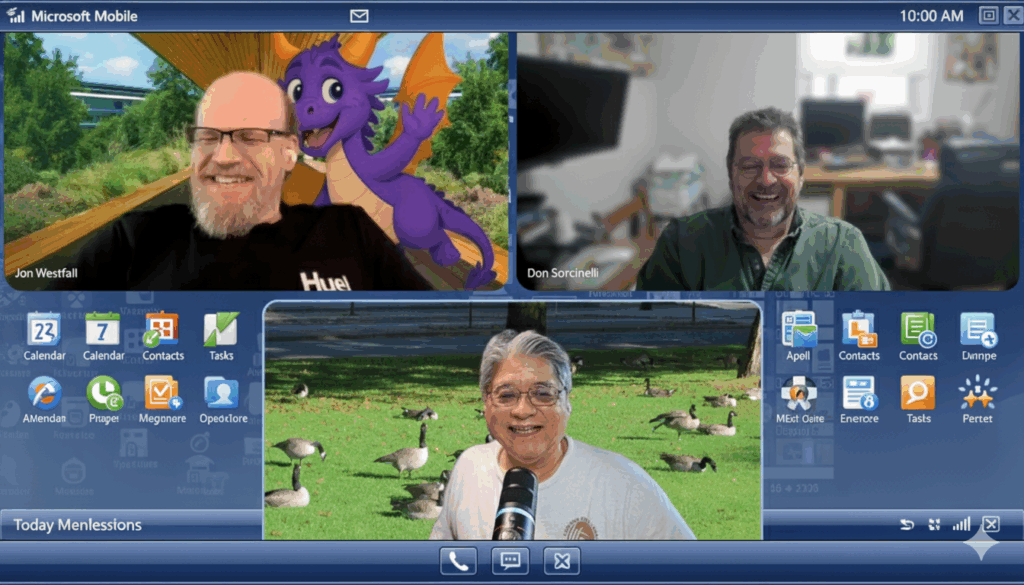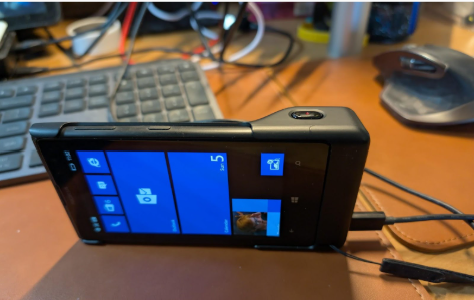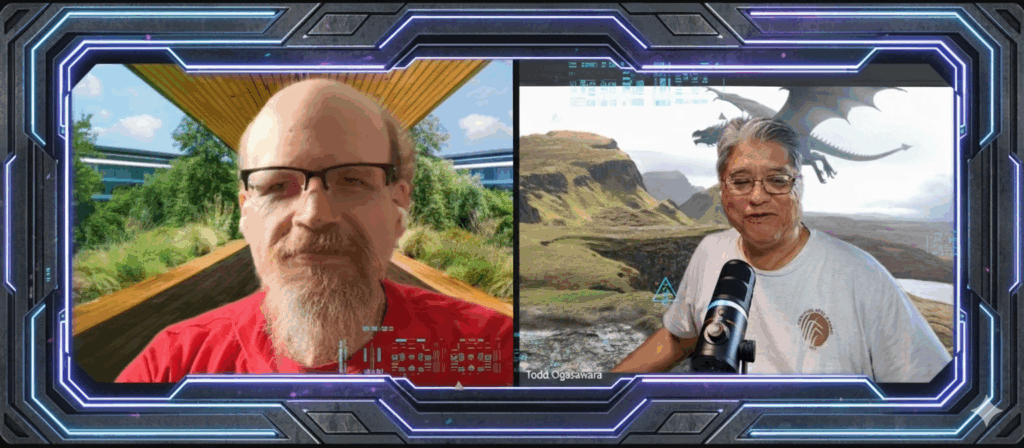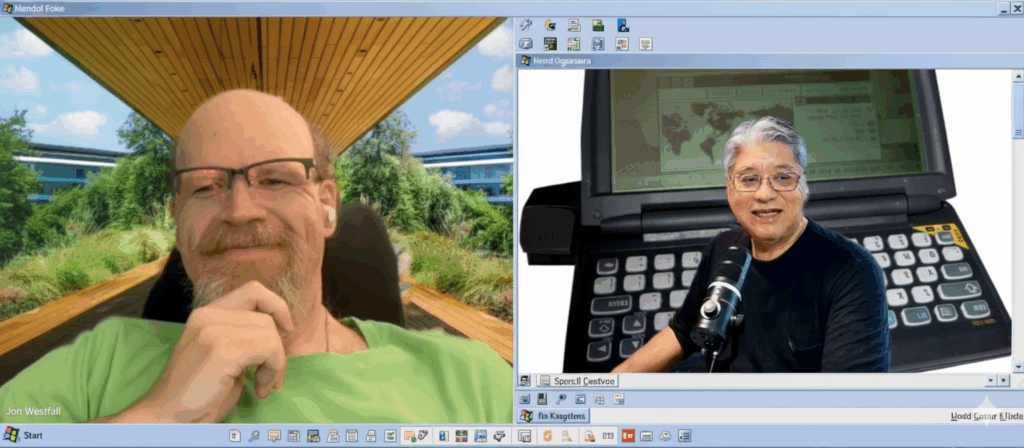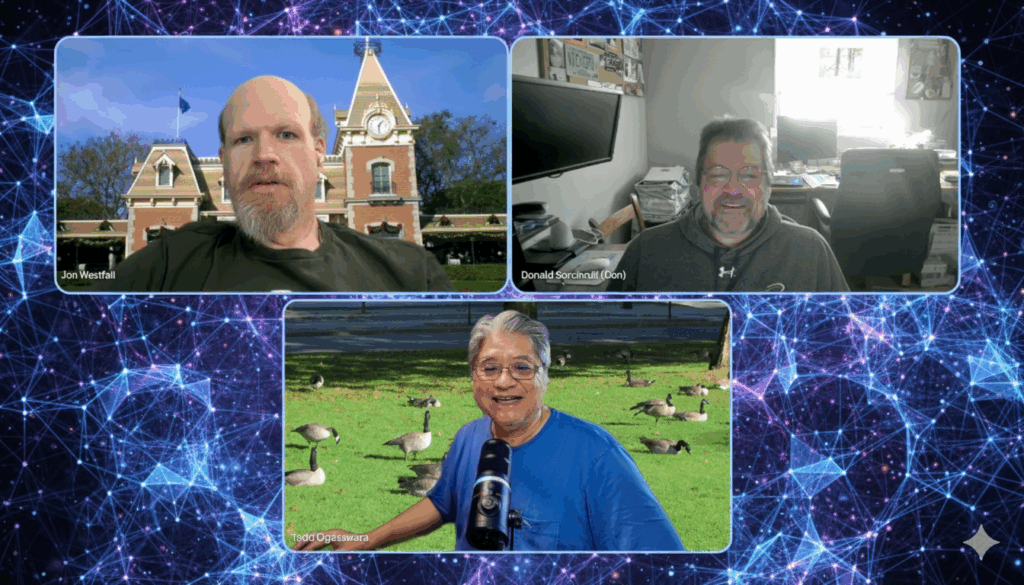
In this week’s MobileViews Podcast 583, I was joined by Jon Westfall and Don Sorcinelli to discuss several current topics in personal technology. We began with a report that Apple may release a MacBook Pro with an OLED touch screen in 2026. While I am interested in the concept based on my positive experiences with Windows touch screen laptops, Jon and Don expressed some skepticism about the utility of a touch screen on a non-convertible device. We also covered Google’s new “Recovery Contacts” feature, an account security option that allows you to designate a trusted person to help you regain access if you’re locked out.
The second half of the show focused on the rapid evolution of AI. Jon shared how he has been using Google’s NotebookLM in his college classes to create study guides and quizzes from open educational resources, effectively replacing publisher-provided supplements. I discussed how the new integration of the Nano Banana imaging model into NotebookLM significantly improves its ability to create narrated slideshows with relevant visual examples. This led to a broader conversation about the concept of “AI as a platform,” prompted by Walmart’s new partnership with OpenAI that allows users to make purchases from within the chat interface. We concluded by discussing the rush by all major tech companies to integrate AI into their products and the potential long-term implications of these new platform and business models.
Available via Apple iTunes.
MobileViews YouTube Podcasts channel
MobileViews Podcast on Audible.com
